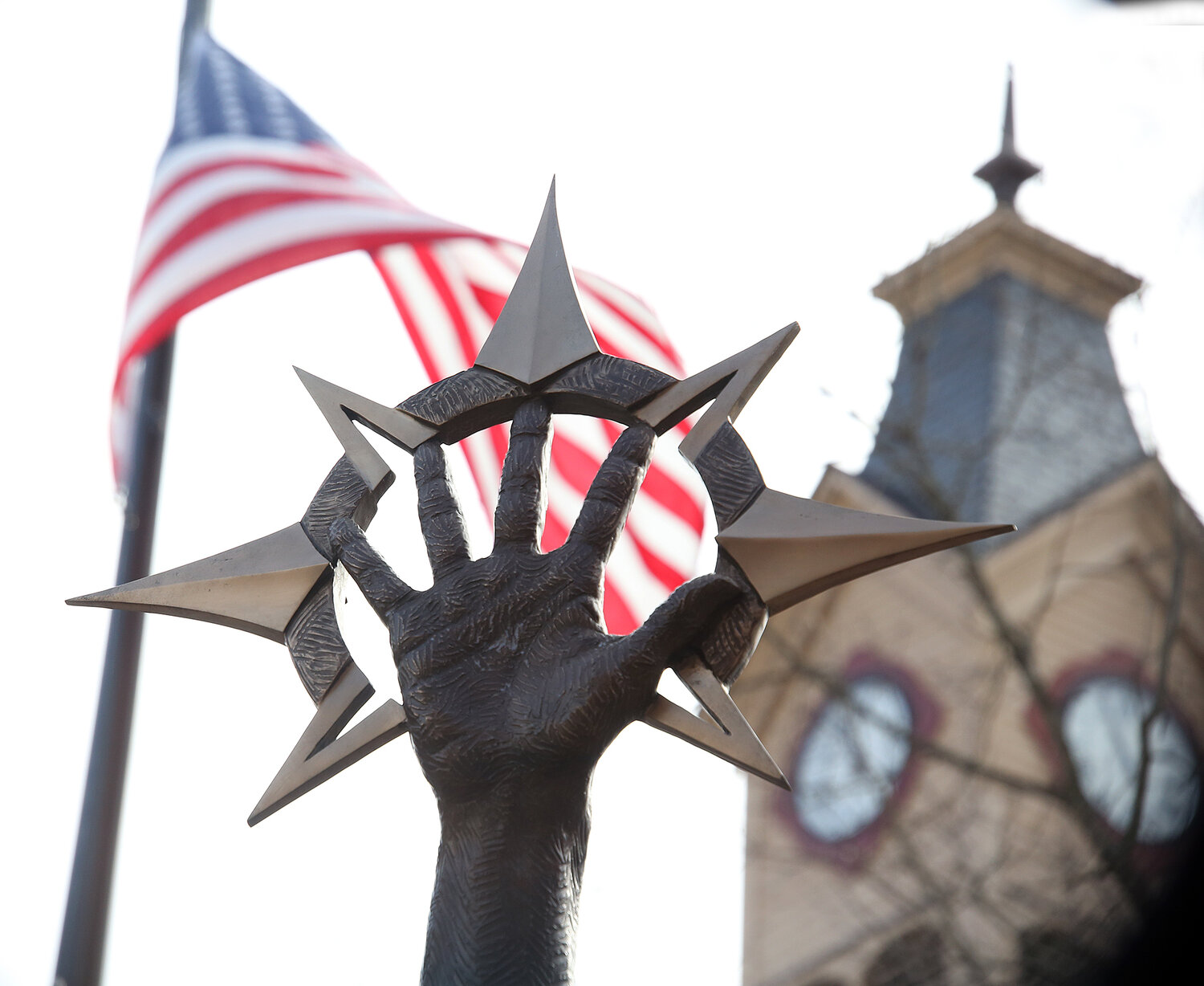Follow Tubman’s guiding light through Maryland
DOVER — Reporters and editors in our Delmarva offices have been working on a special series about Harriet Tubman that kicks off Sunday.
The idea started with trips to Cambridge and Salisbury, Maryland, where we have weekly publications, sisters of the Daily State News.
Ms. Tubman’s story — from slave to freedom fighter — begins south of Cambridge, in southern Dorchester County. It’s where she became known for her role with the Underground Railroad.
If you want to research her life and legacy, you must start there.
Rather than tell the story here, we recommend you take time to read reporter Debra R. Messick’s story - part one of the series.
It will be the first of four that appear in the Sunday editions of Black History Month.
Our work also includes reporting on the excitement in Salisbury, where “The Beacon of Hope” traveling sculpture had been on display until a few days ago. It is now in Rahway, New Jersey, where it will also be used to inspire and teach.
Wesley Wofford’s 13-foot-tall sculpture portrays Ms. Tubman, with her guiding hand raised in front of a shining star.
In her left hand, she holds a key.
“She’s handing the key to the next generation,” said Tonet Cuffee of Hurlock, Maryland, a fourth-generation niece of Ms. Tubman’s.
For those of us who have lived on Delmarva, it’s been interesting to follow the growing interest in and tributes to the advocate for freedom.
“Finally,” Ms. Cuffee said. “My family has played a major part in that. My aunt, Patricia Hawkins, was in President (Barack) Obama’s office the day he signed the declaration for the (Tubman) visitors centers in Maryland and Auburn, New York.”
Ms. Cuffee added that Ms. Hawkins and other family members had lobbied for that for years.
And, in 2022, more than 100 Tubman descendants gathered in Auburn. Ms. Cuffee said she is not sure how many there are across the nation — but consider that Ms. Tubman had eight siblings.
---
Even though she knew Ms. Tubman was family, Ms. Cuffee said she doesn’t feel she learned enough about her when she was in school in Talbot County, Maryland.
“You don’t learn the real version,” she said. “I actually learned the real deal when I was about 30. So then, I took it seriously. I didn’t know how important what she did was and that what she did affected me.”
Ms. Tubman was 5-foot-1, she added, but “strong as I don’t know what.”
Ms. Cuffee said she has not followed the path of the Underground Railroad, but she did mention two things that painted a picture of what Ms. Tubman must have endured in her daring escape and subsequent leadership of freedom flights for others.
First, the walk from the Harriet Tubman Underground Railroad Visitor Center in Dorchester County was unpleasant.
“I tried to do the tour, but the bugs alone turned me around,” she said.
“(Ms. Tubman) had some sort of super power,” she said. “The bugs out there were identifiable. Imagine how they were then. And she traveled at night, without knowing what was around her.”
Another deep experience, she said, was traveling across the Delaware Bay last fall, as the Cape May-Lewes Ferry brought “The Beacon of Hope” sculpture to Salisbury.
“It took 80 minutes on the ferry,” she said. On Underground Railroad journeys, they “went that way on a raft or something they had to pray to keep together.”
“I don’t know how she did it.”
---
Look for the second part in the Feb. 11 edition of the Daily State News or follow the series at BaytoBayNews.com


 By
By 



